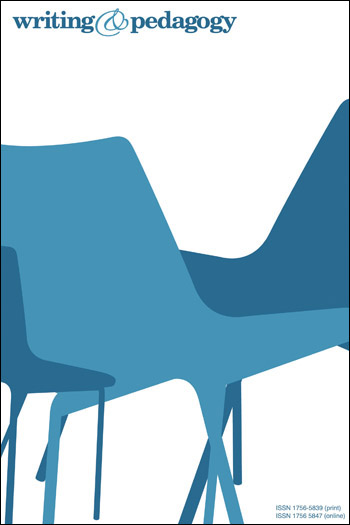Reviews
If you want to learn how to write better essays, look no further than David Rogers’ new book. He makes the process of writing concrete, interweaving the processes of planning, drafting, and revising with the skills high school and college students need to write thoughtful and effective essays. The activities in this book take you from the initial stages of conceptualizing an essay to the final stage of completing and submitting it. What makes this book especially powerful is its practicality and the incredible know-how that informs each and every recommended activity. Only a master teacher can write a guide as useful as this.Steve Graham, Regents & Warner Professor, Arizona State University
David fundamentally changed my writing – and my attitude to writing – for the better. As this book details, the power of his teaching comes not only from an understanding of the strictures of essay writing (and how to circumvent them when needed), but also from the resources and processes he provides for writers to find their own voice. This is an astonishing thing to impart in such a rigid format as the essay, but David excels at making it easy and intelligible. Starting out as a science writer I had little idea how to find a flow, or how to move from one idea to another, paragraph to paragraph. David makes that bridging a focal point, no doubt to the relief and elation of any new writers fortunate enough to investigate this book. He also dispels the notion that one can be born a good writer: here he sets out a critical path to excellence in essay writing – via non-linear planning, revision, and other vital lessons – that anyone can follow. This is an essential read for anyone embarking on an academic course – and for anyone who wants to improve their essay writing, no matter their experience.
Dr. Emma L. Henderson, University of Surrey, UK
Writing Better Essays is the best book on paragraphing I have ever used. It is more useful than any other writing guide I have taught because it manages to be thorough and concise simultaneously. Every chapter contains evidence of Professor Rogers’ decades of experience guiding student writers. His discussions strike an impressive balance between the formal and informal, and his explanations ring true from start to finish. He provides interesting and varied examples for each step of the writing process as well as exercises which target each improvement being studied. The discussion of the process of composition and the ordering of the steps of writing and revising become immediately clear. Students should become increasingly confident in their ability to achieve greater success in their composition procedures and practices.
Martha C. McNair PhD (retired) Fayetteville (Arkansas) High School, Northwest Arkansas Community College, and University of Arkansas








